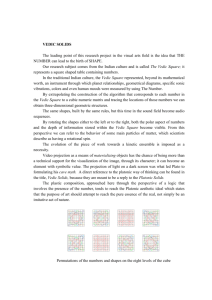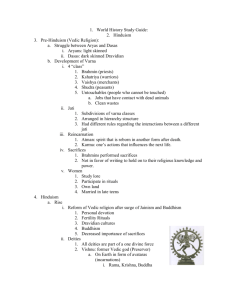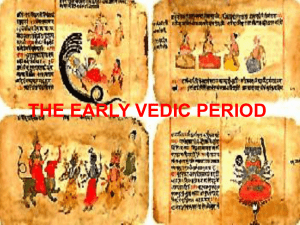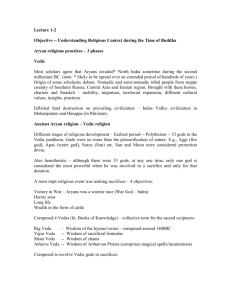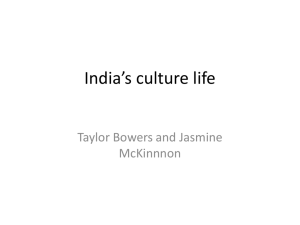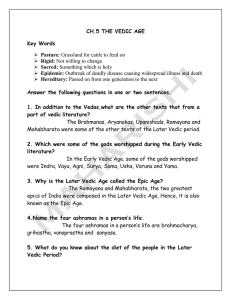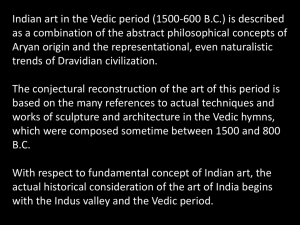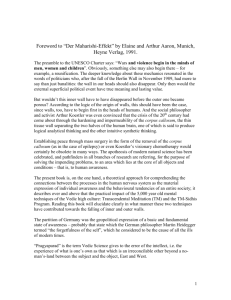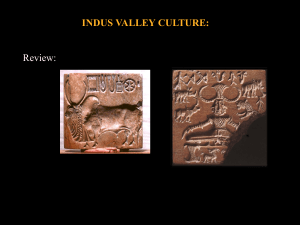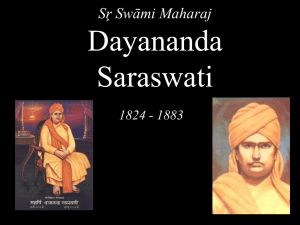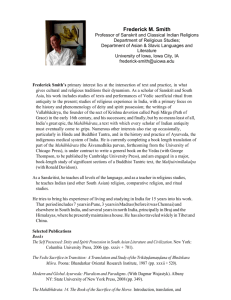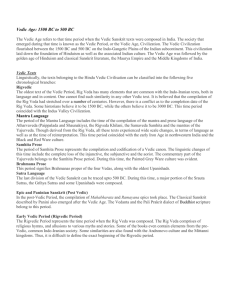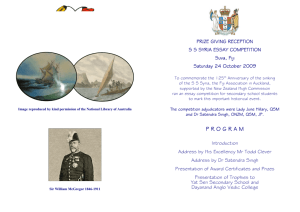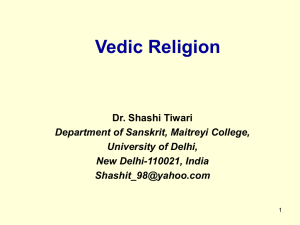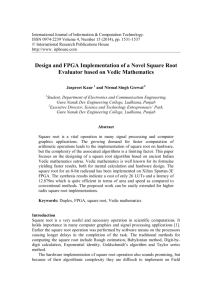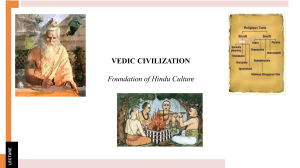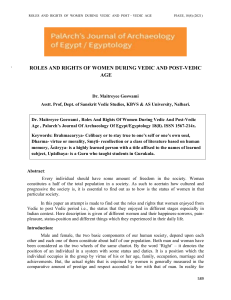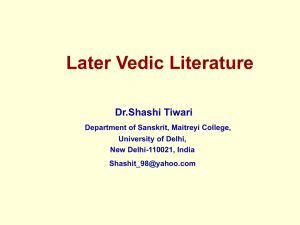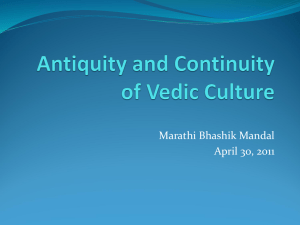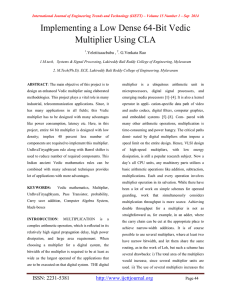Chapter 6 -Vedic culture not a myth or fable
advertisement
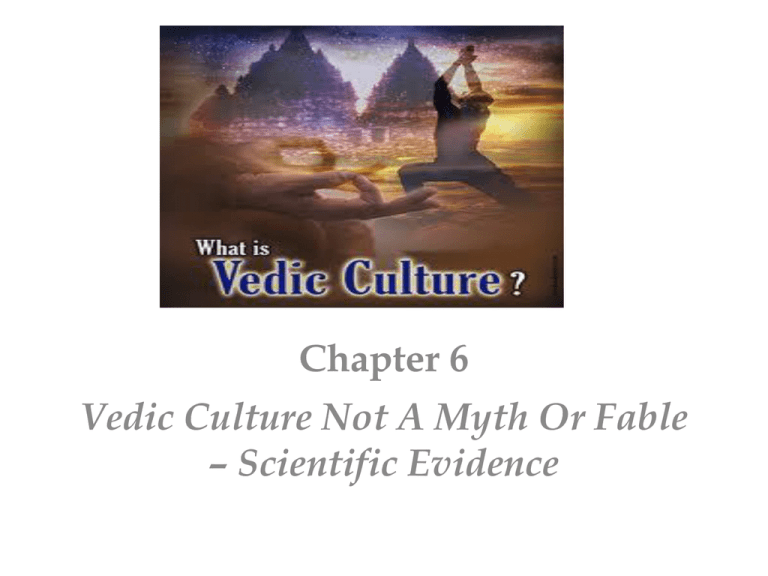
Chapter 6 Vedic Culture Not A Myth Or Fable – Scientific Evidence • • • Yog has been in practice for the last ten million years (that was the period of Satyug) but the process of documenting started only around five thousand years back. The books pertaining to the civilized culture of the vedic rishis were written around five thousand years back and that was a time when morals were at their peak and the country was advanced, rich and happy. Unfortunately, four centuries of regular invasions have ravaged most of historical records. It therefore becomes difficult to reason the power of yogis and yog with the logical mind The greatest philosophers and scientists of present times have vouched for the advanced culture and sophisticated knowledge of the vedic masters. To quote Albert Einstein, “we owe lots to the Indians, who taught us how to count, without which no worthwhile scientific discovery could be made.” Satellite images by NASA have revealed the existence of a bridge off the coast of Tamil Nadu connecting it to Srilanka the bridge, also known as Ram Sethu or Adam’s bridge corresponds to the description of the bridge constructed by Vanarasena of Lord Hanuman in Ramayana. While many disagreed it as a natural phenomenon as also found in various parts of the world, one cannot ignore the fact that there is a description of such a bridge in the ancient vedic texts • If you still have doubts about the existence of vedic culture and its global presence, just open your atlas…there are enough places in the world whose names themselves reveal their vedic origins. In Malaysia there is a valley called Bhujang. Bhujang is a Sanskrit word for cobra which assumed a special place in vedic culture. Malaysian archaeologists have unearthed a 1900 years old monument besides the many already known temples in the Bhujang valley built with detailed geometrical precision – for sun worshipping, its construction resembling vedic architecture…we are all aware of the African states of Mali, Somalia, and Malawi, did you know that they get their names from the three powerful rakshasa brothers – Mali, Sumali, and Malyavan? • The city of Ajmer derived its name from ‘Ajay Meru’ (the legendary mountains), Srinagar was the land of Sri or Laxmi, Kashmir owes its name to Sage Kashyap, while Rann of Kutch is the name sake of Kutch rishi. Bali was the Vanara king in Ramayana, Bali is an island in Indonesia • These are proof enough that the vedic texts are not mythical but accounts of real people and real events which were significant enough to have cities, towns, and countries named after them
